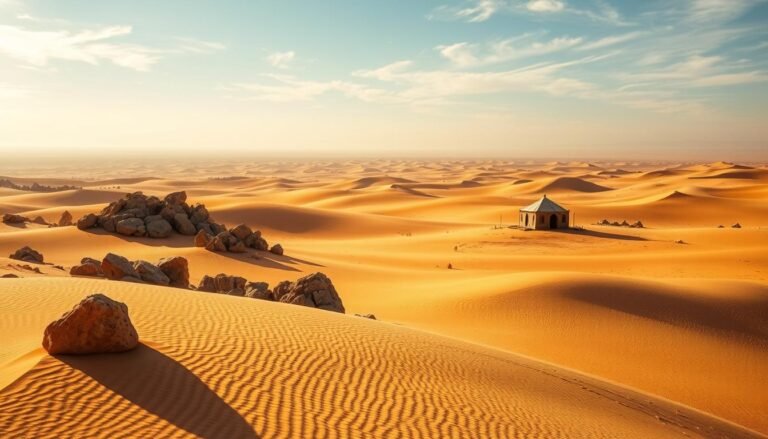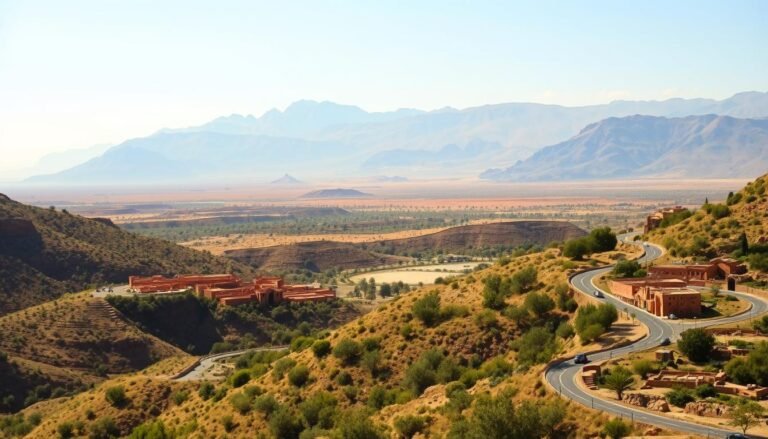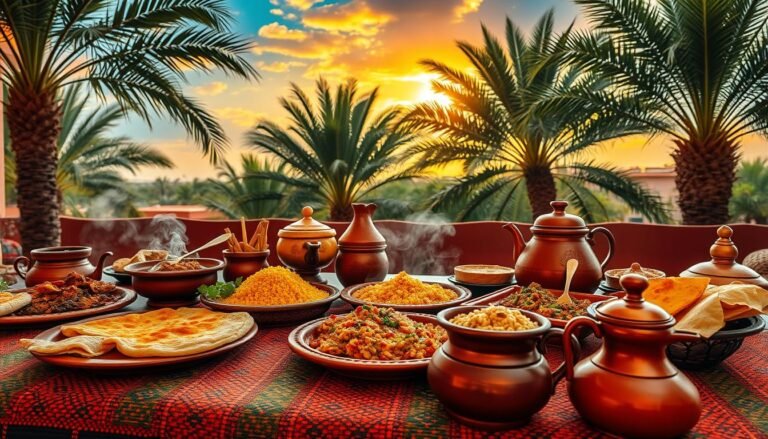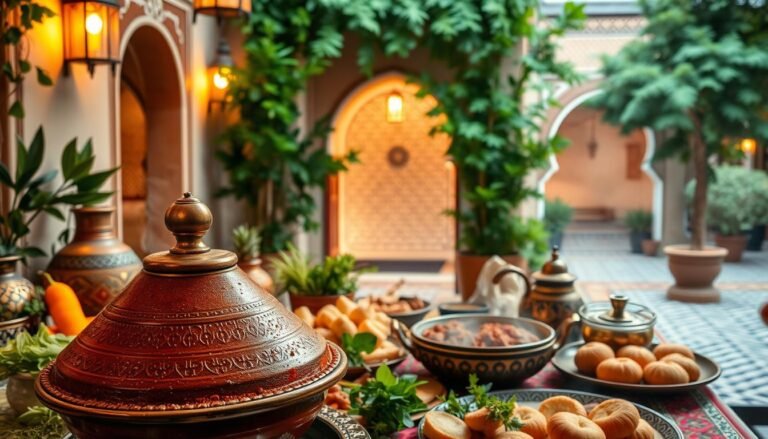Traditional Moroccan Clothing: Timeless Elegance and Craftsmanship
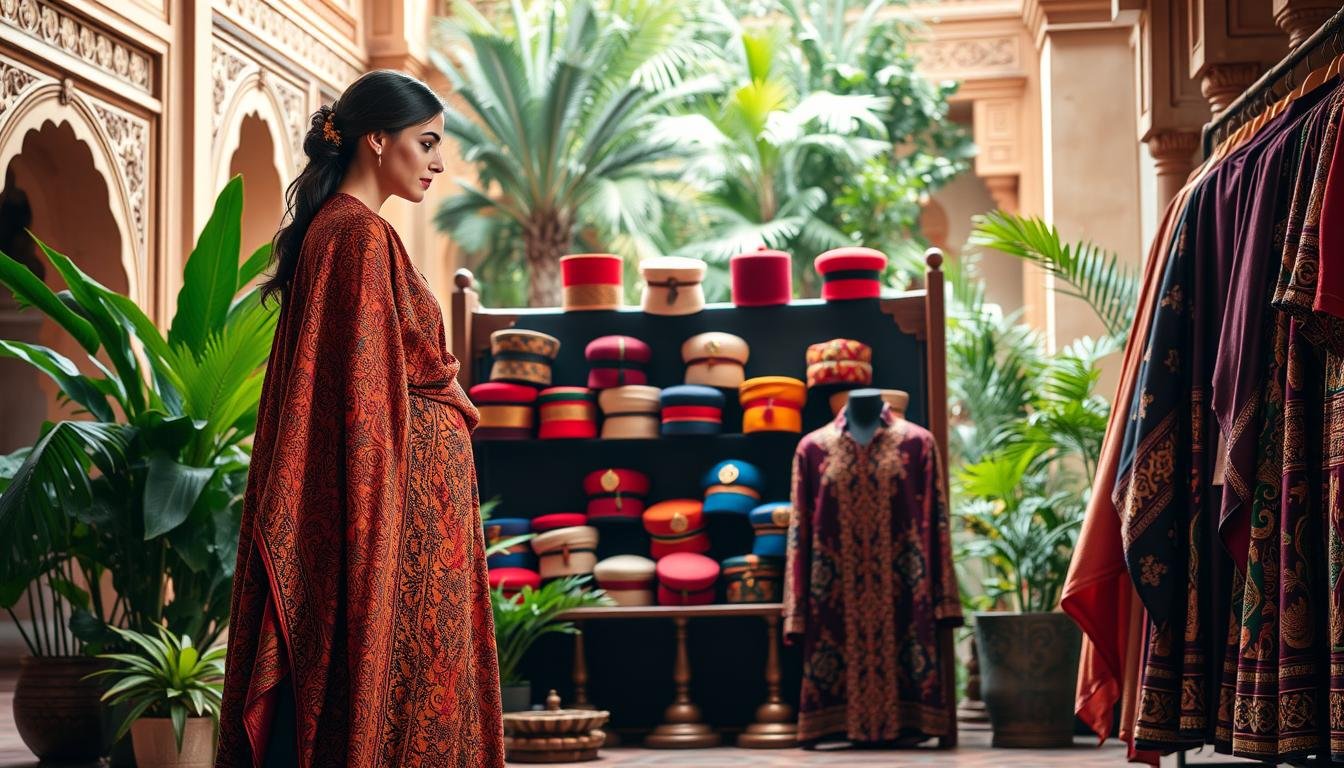
Imagine wrapping yourself in a garment that tells a story of centuries. Traditional Moroccan clothing is more than just fabric; it’s a window into history, culture, and identity. From the intricate embroidery of a Takchita to the comforting simplicity of a Djellaba, these garments carry the essence of Morocco’s rich heritage.
For both men and women, Moroccan attire reflects a blend of Berber, Arab, and Andalusian influences. The Djellaba, with its iconic hood, is a staple for daily wear, while the Takchita shines during special occasions. These garments are not just clothes; they are statements of tradition, craftsmanship, and social pride.
Over the years, Moroccan clothing has evolved, embracing modern touches while preserving its artisanal soul. The use of luxurious fabrics like silk and wool, combined with meticulous embroidery, highlights the dedication to quality and detail. Whether it’s the versatility of the Djellaba or the grandeur of the Takchita, each piece is a testament to Morocco’s cultural depth.
Key Takeaways
- Moroccan clothing reflects a rich cultural heritage and historical influences.
- The Djellaba and Takchita are iconic garments with deep cultural significance.
- Traditional attire often features luxurious fabrics and intricate embroidery.
- Moroccan garments have evolved to blend tradition with modern fashion.
- Each piece tells a story of craftsmanship and cultural identity.
Exploring the Rich History and Cultural Heritage
Moroccan attire is deeply rooted in a rich tapestry of history and culture, shaped by various civilizations over the centuries. The influence of Phoenicians, Arabs, and Romans can be seen in the intricate designs and patterns of traditional garments.
Ancient Influences and Cross-Cultural Encounters
The caftan, for instance, was introduced by Andalusian Muslims and Jews fleeing Spain, bringing with them their unique embroidery techniques. This garment became a staple in Moroccan dress, often worn during special occasions. The djellaba, with its iconic hood, is another example of how cross-cultural encounters have influenced Moroccan fashion.
Colonial Impact and the Modern Revival
During colonial times, Moroccan clothing saw a blend of traditional and Western styles. Despite these changes, garments like the djellaba remained a cultural emblem. Today, traditional Moroccan dress continues to evolve, incorporating modern touches while preserving its artisanal soul. The use of luxurious fabrics and intricate embroidery highlights the dedication to quality and detail.
The Allure of Traditional Moroccan Clothing
Moroccan attire is a beautiful blend of practicality and cultural significance, making it a cherished part of daily life and special events. From the humble djellaba to the elegant caftan, each garment carries a story of heritage and identity.
Everyday Elegance and Symbolism
The djellaba is a cornerstone of Moroccan fashion, worn by both men and women. Its long sleeves and iconic hood offer comfort and protection, while side slits add a touch of modesty. In winter, woolen djellabas keep people warm, while lighter cotton versions are perfect for summer.
The djellaba’s design holds deep symbolic meaning. Its hood is not just for protection; it’s a symbol of cultural pride. The side slits, often used to carry small items discreetly, reflect values of modesty and kindness. For women, the larger hood serves as a hijab, blending tradition with practicality.
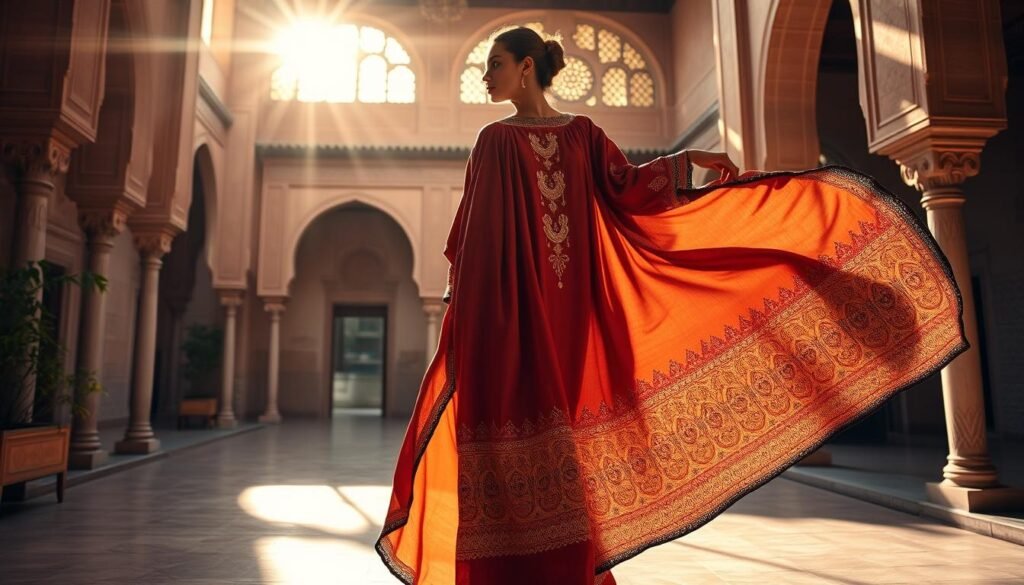
“The djellaba is more than a garment; it’s a symbol of our heritage and identity.”
These garments are not just for special occasions. They are part of everyday life, showing how Moroccan fashion seamlessly blends tradition with modern practicality.
Significance in Celebrations and Special Occasions
While the djellaba is for daily wear, the caftan shines during celebrations. Introduced by Andalusian Muslims and Jews, the caftan is a staple at weddings and festivals. Its luxurious fabrics and intricate embroidery make it a centerpiece of any occasion.
Contemporary designers are redefining the caftan, making it a luxury item desired globally. Events like Caftan Week in Marrakech showcase its evolution, attracting international attention and celebrating its cultural significance.
The revival of traditional garments among younger generations reflects a deep connection to their heritage. It’s a way to express identity and national pride, keeping the artisanal soul of Moroccan fashion alive.
Iconic Garments and Distinctive Styles
Moroccan fashion is renowned for its iconic garments, each telling a story of cultural heritage and evolution. From the versatile djellaba to the elegant caftan, these pieces embody the essence of Moroccan identity.
The Legendary Djellaba and Its Evolution
The djellaba, a cornerstone of Moroccan attire, is worn by both men and women. Its design varies between genders: men’s versions often feature muted tones like beige and white, while women’s djellabas are more colorful and adorned with intricate embroidery. Crafted from wool for winter and cotton for summer, this garment offers both comfort and style, blending practicality with cultural pride.
Caftan, Takchita, and Other Timeless Dresses
The caftan, once a royal garment, is now a staple in women’s wardrobes across all social classes. It shines during weddings and special occasions, often made from luxurious fabrics like silk and velvet. The takchita, a two-piece bridal ensemble, showcases Moroccan craftsmanship with its meticulous embroidery, making it a centerpiece of weddings. These garments, enhanced with leather details and wool, exemplify Moroccan elegance and cultural depth.
![]()
Each garment reflects a blend of tradition and modernity, preserving Morocco’s artisanal soul while embracing contemporary influences.
Moroccan Craftsmanship and Artisanal Details
Moroccan fashion is a testament to the skill and creativity of local artisans. Every garment, from everyday wear to special occasion dresses, is a masterpiece of handcrafted details. The intricate embroidery, carefully selected fabrics, and unique accessories all come together to create a truly unique style.
Intricate Embroidery and Traditional Motifs
The embroidery in Moroccan garments is more than just decoration; it’s an art form. Techniques like 3aqad and berchman create intricate patterns that tell stories of cultural heritage. These motifs often feature geometric shapes and floral designs, adding a touch of elegance to every piece of clothing.
Each stitch is carefully placed by skilled artisans, ensuring that every garment is a work of art. Whether it’s a simple djellaba for everyday wear or a elaborate wedding dress, the attention to detail is unparalleled.
Accessories, Headwear, and Unique Finishing Touches
Accessories play a crucial role in completing the traditional Moroccan look. For women, headwear like the chachiya adds a touch of sophistication, while for men, the iconic fez is both practical and stylish. These pieces are often adorned with intricate embroidery, further enhancing their beauty.
Footwear, such as babouches, is another essential accessory. These leather slippers are not only comfortable but also add a finishing touch to the overall style. Every detail, from the choice of fabric to the embroidery, is carefully considered to create a cohesive and elegant look.
These artisanal details not only preserve Morocco’s cultural heritage but also elevate the status of the garments. Whether it’s for a special occasion or everyday wear, Moroccan fashion continues to inspire with its timeless elegance and craftsmanship.
- Hand-embroidered details that tell cultural stories
- Traditional motifs that blend geometric and floral patterns
- Accessories like headwear and footwear that complete the look
- Artisans passing down techniques through generations
- Garments that enhance status and beauty in modern contexts
Conclusion
From ancient origins to modern revival, traditional attire continues to captivate with its elegance and craftsmanship. The journey of these garments reflects a rich cultural tapestry, blending history with contemporary influences.
Garments like the djellaba and caftan are more than just clothes; they are symbols of cultural identity and social status. Whether worn in daily life or during special occasions, these pieces embody Morocco’s heritage and artisanal expertise.
The meticulous embroidery and luxurious fabrics highlight the dedication to quality, making each garment unique. This attention to detail preserves cultural heritage while appealing to modern tastes.
Exploring traditional Moroccan attire offers a glimpse into a world of artistry and tradition. Whether in Morocco or the United States, these garments continue to inspire, blending the past with the present in timeless style.

